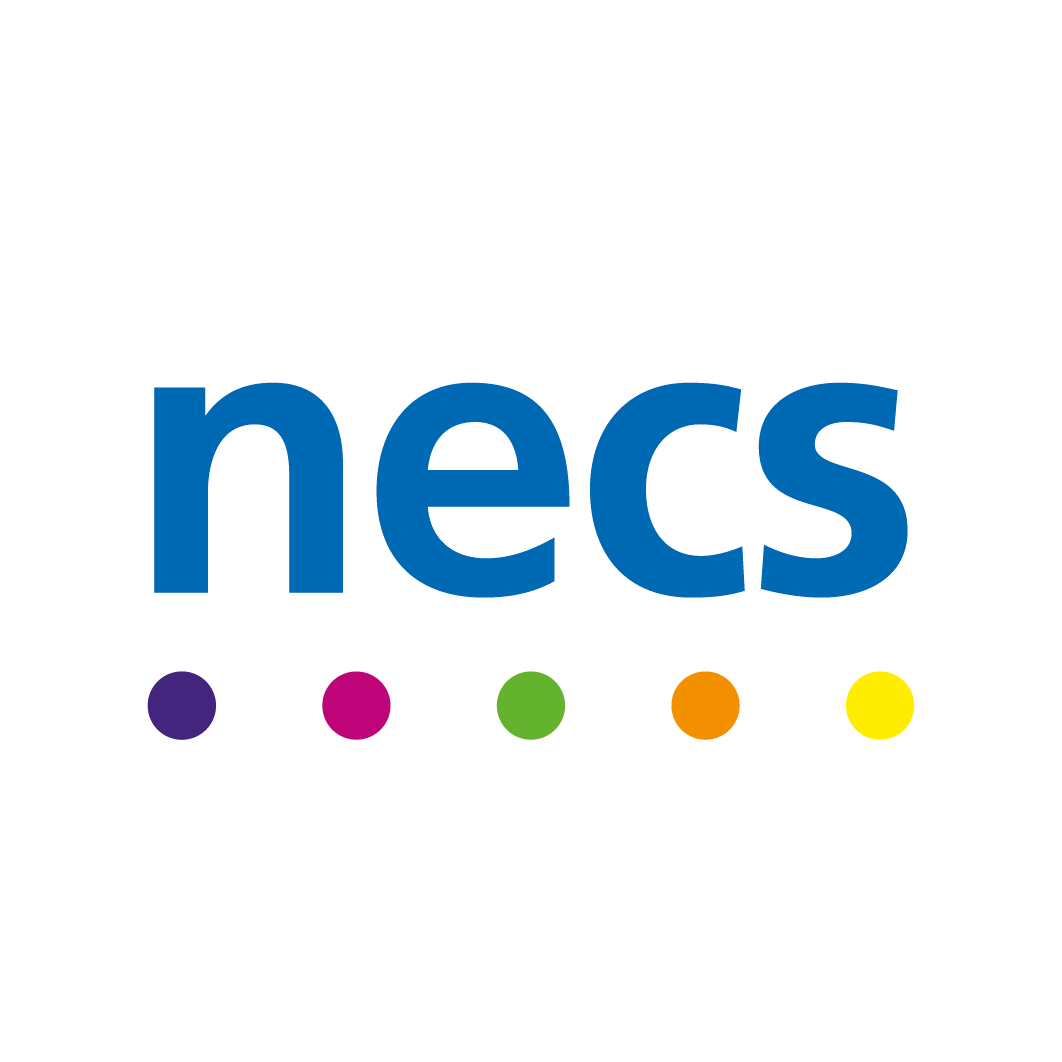Challenge
The NECS Healthcare Services Procurement team undertook a large collaborative procurement exercise to deliver 77 individual specialist led primary care orthodontic services contracts (lots) across the North of England with a total contract value in excess of £510 million for and behalf of four NHS England Contracting Authorities, listed below:
- NHS England Lancashire and South Cumbria
- NHS England North East and Cumbria
- NHS England Yorkshire The Humber
- NHS England Cheshire and Merseyside.
This procurement followed a National Oral Health Needs Assessment by Public Health England which identified specific need to deliver a specialist primary care orthodontic services to treat those patients up to the age of 18 years old with an Index of Orthodontic Treatment Need (IOTN). Existing contracts were historical rolling NHS contracts which were not delivering suitable and equitable services or providing value for money to the NHS.
The aim was to deliver 77 new contracts with an equitable, accessible, high quality and cost-effective specialist orthodontic services across the North of England in line with the National Guide for Commissioning Orthodontics 2015 and NHS (Personal Dental Services Agreement) Regulations 2005.
Our response
Orthodontic services were included within the health and social care services that fell within the Light Touch Regime (LTR) regulations (a specific set of rules specifically introduced into the Public Contracts Regulations 2015 to facilitate the procurement of certain service contracts). NECS wanted to develop its own tailored Dynamic Purchasing System (DPS) approach for orthodontics under the LTR, due to the number of contracts required, looking to make some efficiencies in the process.
We developed a Pseudo Dynamic Purchasing System (PSPD) under the LTR, which was established in May 2018 and successfully pre-qualified 151 suitable orthodontic service providers. The process supported the dental market in getting over the compliance requirements of a procurement process (PDPS allowing numerous attempts to re submit if fail first time and rationale provided to correct any errors in the submission process).
The 77 lots were divided into four separate Call for Competition (CFC) procurements which were advertised under the PDPS and the procurement activity was carried out across a phased timeline.
In order to deliver the procurement successfully, NECS Healthcare Procurement established a designated team of procurement professionals in healthcare and focused on a range of key activities to achieve the required outcomes. These were:
- Development of the PDPS procurement route – to create an innovative process to engage and with the market and leverage value for money within the procurement. Changing standard procurement terminology to suit the market following market engagement feedback.
- Collaborative Procurement involving four Contracting Authorities (regions within NHS England) – management of collaborative decisions and maintained weekly update meetings to ensure effective communication, which was fundamental to the success of this procurement.
- Engagement with patients, the market and other key stakeholders to inform the service specification and commissioning intentions – continuous engagement throughout various milestones of this procurement.
- Setting Minimum and Maximum Price Tariffs – as part of implementation of the national orthodontic commissioning guide, the Unit of Orthodontic Activity (UOA) benchmark price was discussed and agreed at a National Orthodontic Working Group. Engagement with professional organisations regarding the price was completed, and the North Region adopted a pricing range for the re-procurement of the orthodontic services of between £54.89 and £58.89 per UOA.
- Social Value – before the recent new Social Value measures were introduced which are now mandatory in accordance with the Public Contracts Regulations (2015). NECS adopted its own approach to compliance with the Public Services (Social Value) Act 2012. The evaluation criteria tested the bidders on the opportunities they would offer to improve the economic, social and / or environmental well-being of the area. NHS England North outlined a series of social priorities in relation to this service within the service specification, and bidders were required to outline their proposals for ensuring improvements in the social, economic and environmental well-being of the local areas including:
- Ensuring the provision of services is secured within the boundary of the lot.
- Reducing the environmental and economic impact on patients.

Outcomes
The procurement process concluded in 2022 and 74 out of the 77 contracts were awarded. The new contracts have provided the following patient and organisational benefits:
- Physical access and equality for patients has been improved.
- A redistribution of services to a more equitable distribution based on child population and need and recommends more efficient use of orthodontic activity in meeting needs (more cases treated and waiting times reduced) has been achieved.
- A Key Performance Indicator (KPI) on ratio of case starts to treatment completions has been incorporated in all contracts leading to an increase in completed treatments.
- All services include a requirement that the service is led by dentists who are General Dental Council (GDC) registered specialists in orthodontics.
- The contracts ensure provision of appointments outside of school hours.
- There is a more efficient use of units of orthodontic activity so that more activity is based on completion of treatments and there are less treatments abandoned.
- Where available, new referrals are to be made via the e-Referral Management System which contains mandatory fields to enable them to be processed in a timely fashion by the appropriate provider.
- All providers will be part of a Managed Clinical Network which will take responsibility for ensuring that the pathway is operating efficiently.
As well as the above qualitative benefits, significant financial savings were also achieved. Minimum and maximum tariffs were set in the procurement of between £54.89 and £58.89 per Unit of Activity (UOA). Providers who submitted a CFC response over or below the UOA tariffs were disqualified from the procurement process. As a result of setting the UOA thresholds, a minimum total saving of over £34 million was achieved over the 10-year life of all the contracts.
“Please pass my best wishes to the team who worked on Orthodontics and thanks for the support provided during the procurement. They were all great and were a super support.”

